As JICA works with developing countries as partners in development cooperation, it is very important to understand the economic and social conditions of these countries. Credit Risk Analysis and Environmental Review Department of JICA, where I work, collects and analyzes information on the global economic situation, mainly in developing countries, and shares it as a reference within the agency, including those departments in charge of actual operations.
This is my second assignment in the department, and compared with my first assignment here from 2018 to 2020, I have found that the world’s situation has become more complicated and severe, and those already fragile countries are exposed to risks such as climate change, the pandemic, and wars, while economic globalization progresses. Here I would like to introduce some topics that have been of interest to me recently in my tasks.
Will the narrowing of global economic disparities come to a halt?
On April 15, the World Bank published a report titled The Great Reversal
1. What exactly do they mean by using this thought-provoking title? In fact, over the past 20 years, on average, developing countries2 have shown more rapid economic growth than the developed ones. In other words, the global economic gap has been narrowing. However, since the COVID-19 pandemic, this trend towards narrowing disparities has been "reversed." This is one of the arguments made in the report.
The left graph compares the per capita GDP growth rate of developing and developed countries. A positive value indicates that the growth rate of developing countries is higher than that of developed countries (reduced disparity), while a negative value indicates the opposite. Since 2000, the figures have been positive, albeit with some fluctuations, but since 2020, the difference has almost disappeared. The lack of difference means that the disparity will remain as it is. (Chrimes et al., p. 46)
Disparities exist even among developing countries
The situation in developing countries varies from country to country, but in half of the developing countries, the speeds of economic growth have fallen behind that of wealthy countries. Actually, this is the largest share in this century, and it can be seen as a historical situation.
The share in numbers of developing countries with per capita GDP growth rates lower than the developed world average. Since 2020, the percentage of such countries has exceeded half.(ibid. p.5)
Looking at economic levels
3, we can find one in three developing countries being poorer than it was before the COVID-19 pandemic.
Countries with potential
Among developing countries, there are quite a few countries that have large and growing young populations as well as countries blessed with abundant natural resources. With regard to population, economic growth, accompanied by broader job creation while taking advantage of the competitiveness of labor wages, can potentially achieve a growth with relatively small disparities.
In terms of natural resources, there are countries with mineral resources, and some other countries have advantageous conditions for generating renewable energy. However, we must not forget that there are also quite a few developing countries that have none of these advantages.
Inflation and debt issues spreading around the world
The external environment surrounding developing countries has also changed significantly in recent years. Inflation rates have risen sharply since the COVID-19 outbreak. The price surges in energy, precious metals, especially gold, and food, etc., benefits countries that produce and export these goods, but has brought a severe impact on the countries that import those commodities, raising concerns that the fortunes of these countries will be divided.
In addition, this inflation caused previous low interest rates to skyrocket.
Governments of developing countries are generally facing the issues of insufficient financial resources for organizing electricity and transportation systems, and for disbursing as expenses of education, medical care, and social security, all of which are indispensable for their future development. So, they relied heavily on resources from abroad. The low interest rates before the pandemic reduced their fiscal stress. Some of these loans, such as those provided by JICA, had soft (concessional) terms, but many were also borrowed from private sources.
However, rising interest rates will suddenly make it difficult to refinance when repayment is due. This will force the country to allocate more of the funds which need to be used for its own country to repaying its debt. This will be a tough headwind.
Is it getting harder to utilize the workforce?
Last March, I had the opportunity to speak with Professor Joseph Stiglitz of Columbia University, a renowned economist, when he visited JICA. One of the issues we discussed was what Professor Stiglitz pointed out in his paper —that it is becoming difficult for developing countries to achieve development through job creation and the promotion of manufacturing industry4. If developing countries are fully integrated into global value chains, and products from developed countries and China flow into those countries' markets at lower prices-by taking advantages such as economies of scale and more efficient processes, import dependence may increase and domestic industrial growth may be constrained. In addition, the manufacturing industry itself is under technological innovation, as exemplified by AI, and is no longer reliant on large amount of money and advanced equipment, and at the same time it no longer requires the employment of many people.
※4 Stiglitz[2021] From Manufacturing-Led Export Growth to a Twenty-First Century Inclusive Growth Strategy
Do developing countries want further job creation?
In a report published in 2023 by a US research institute, AidData, stakeholders from developing countries were interviewed about their country's development progress during 2016-2020 and found that “sufficient jobs” was rated the lowest.
Government officials, businesspeople, think tank experts, etc. were asked, "Has there been any progress in the development of your country?" The percentage of those who disagreed (had no progress) with regard to employment was overwhelmingly high. (Partially modified from Custer et.al. p.13)
"Leave no one behind", the idea of SDGs, has shown progress in the past 20 years, at least in terms of the disparity between developed and developing countries. However, while new challenges that the world must tackle, such as climate changes and geopolitical risks that were not mentioned in this article, are more diversified and bringing new difficulties every day, this challenge is re-emerging in a new form due to the changing external environment - I think it is necessary to approach our work with this in mind.
Given this situation, for example, if it is difficult to create jobs in the traditional way, we need to consider whether the service industry can substitute the roles the manufacturing industry had such as achieving higher productivity and broadening job creation, in other words, whether the service industry alone can be developed without the foundation of the manufacturing industry. It has been pointed out that the service industry has tendency of having low productivity and difficulty to be exported, and it is difficult to expect spill-over in job creation upstream and downstream like the manufacturing industry, but there is also a view that the newly-developed ICT technology may enable us to overcome the above-mentioned constraints, with online-based, higher productivity jobs. In addition, of course, there is huge possibility that the transition to a sustainable society may generate new industries and new jobs that have never existed before.
I believe that we need to approach this old yet new issue with a new perspective.
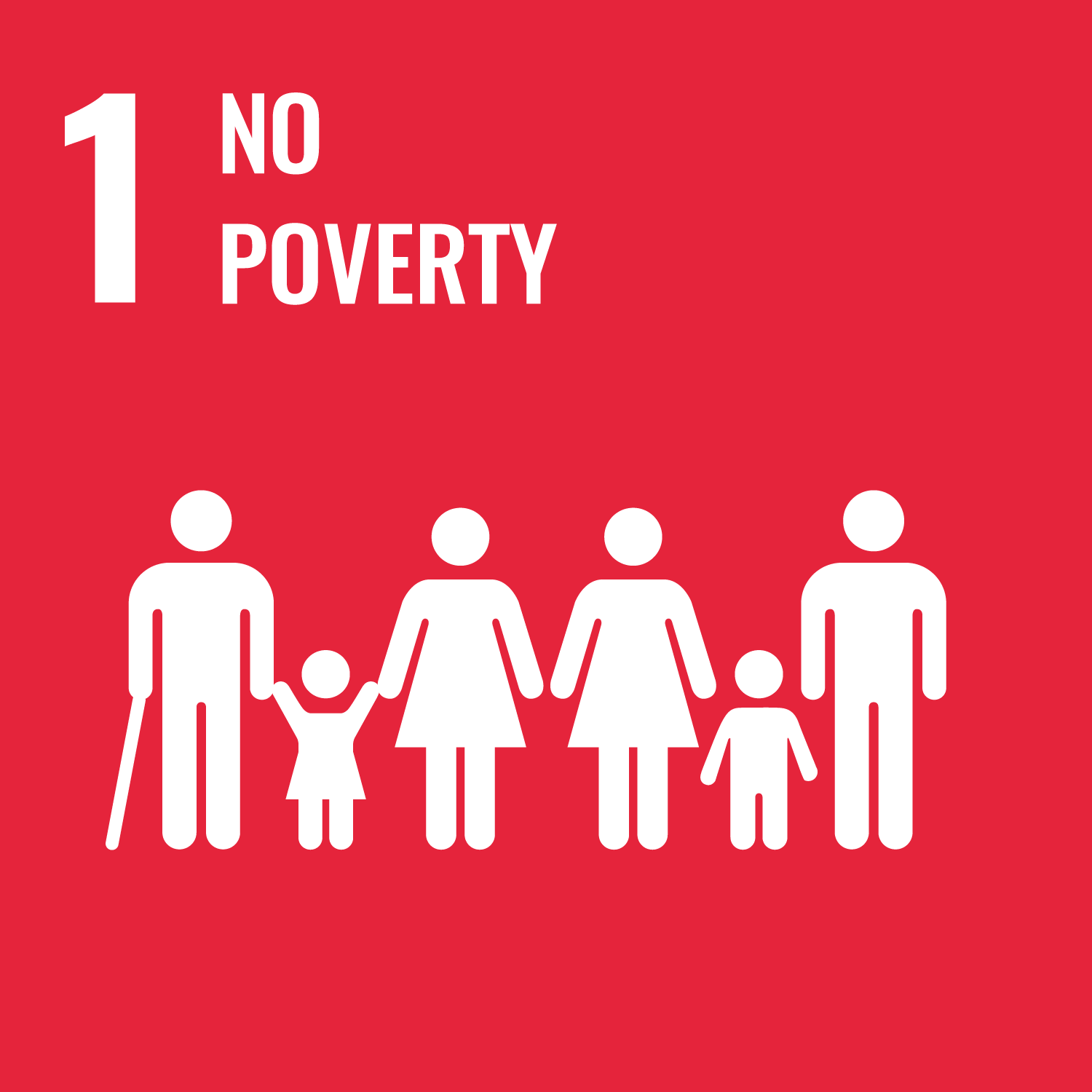
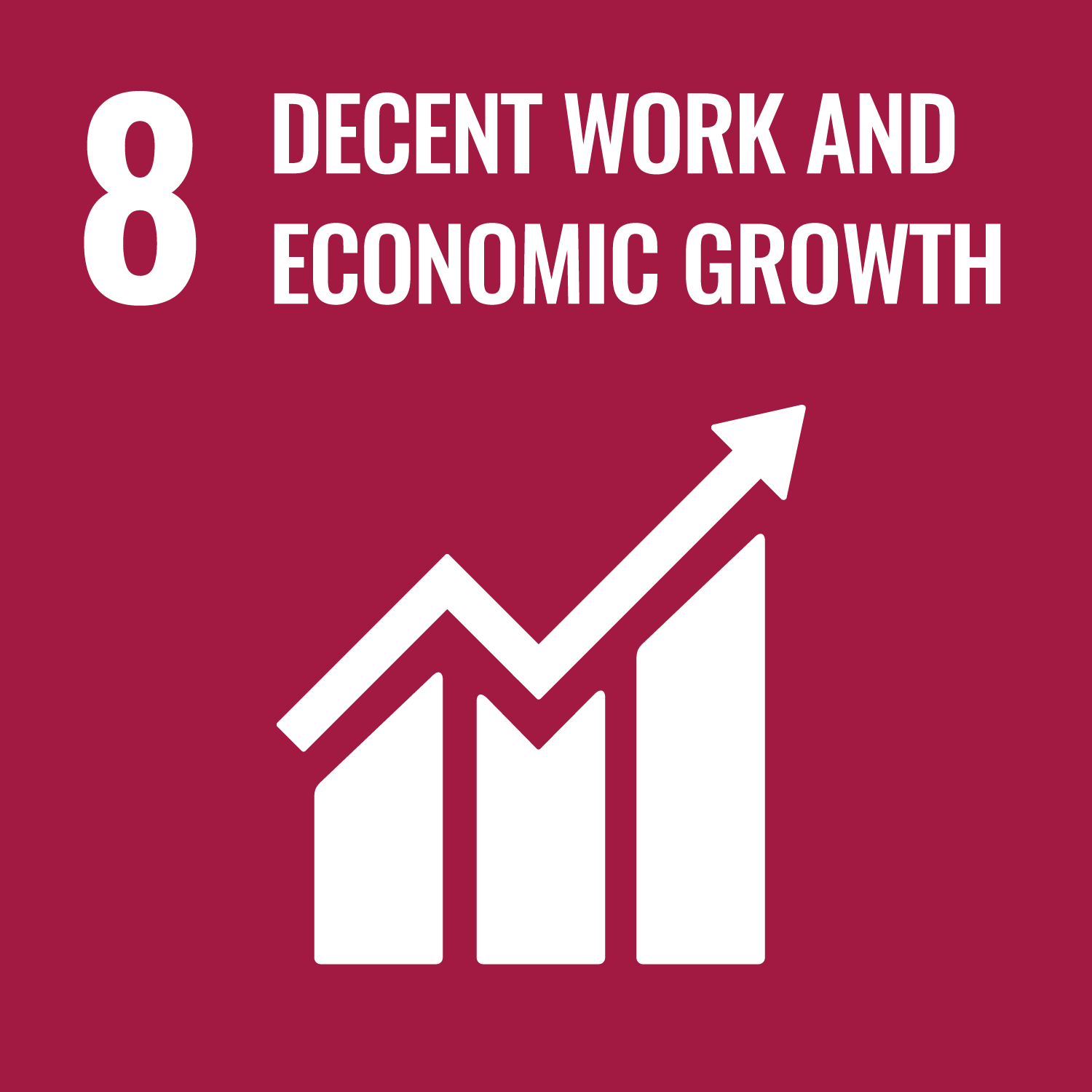
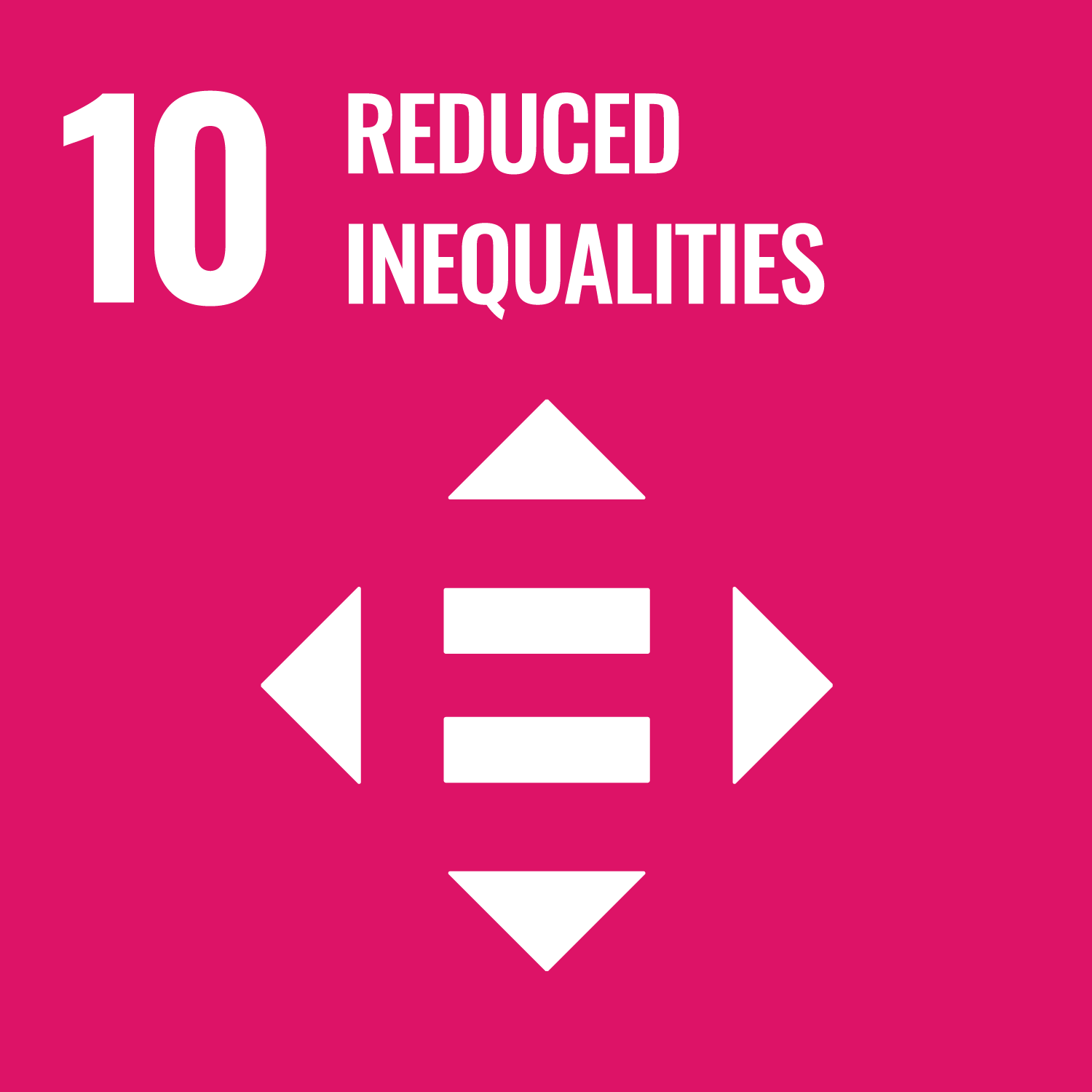








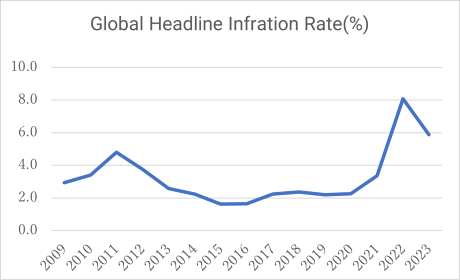
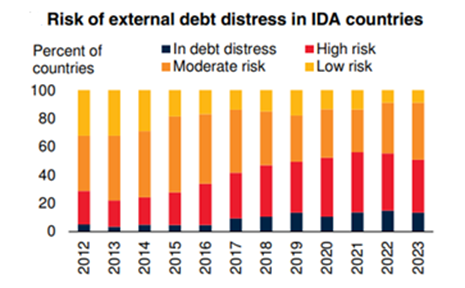
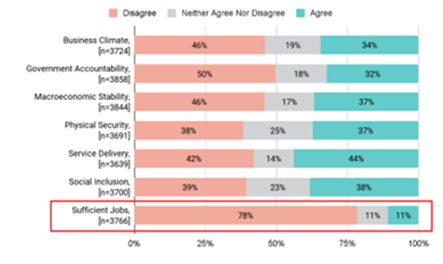
scroll